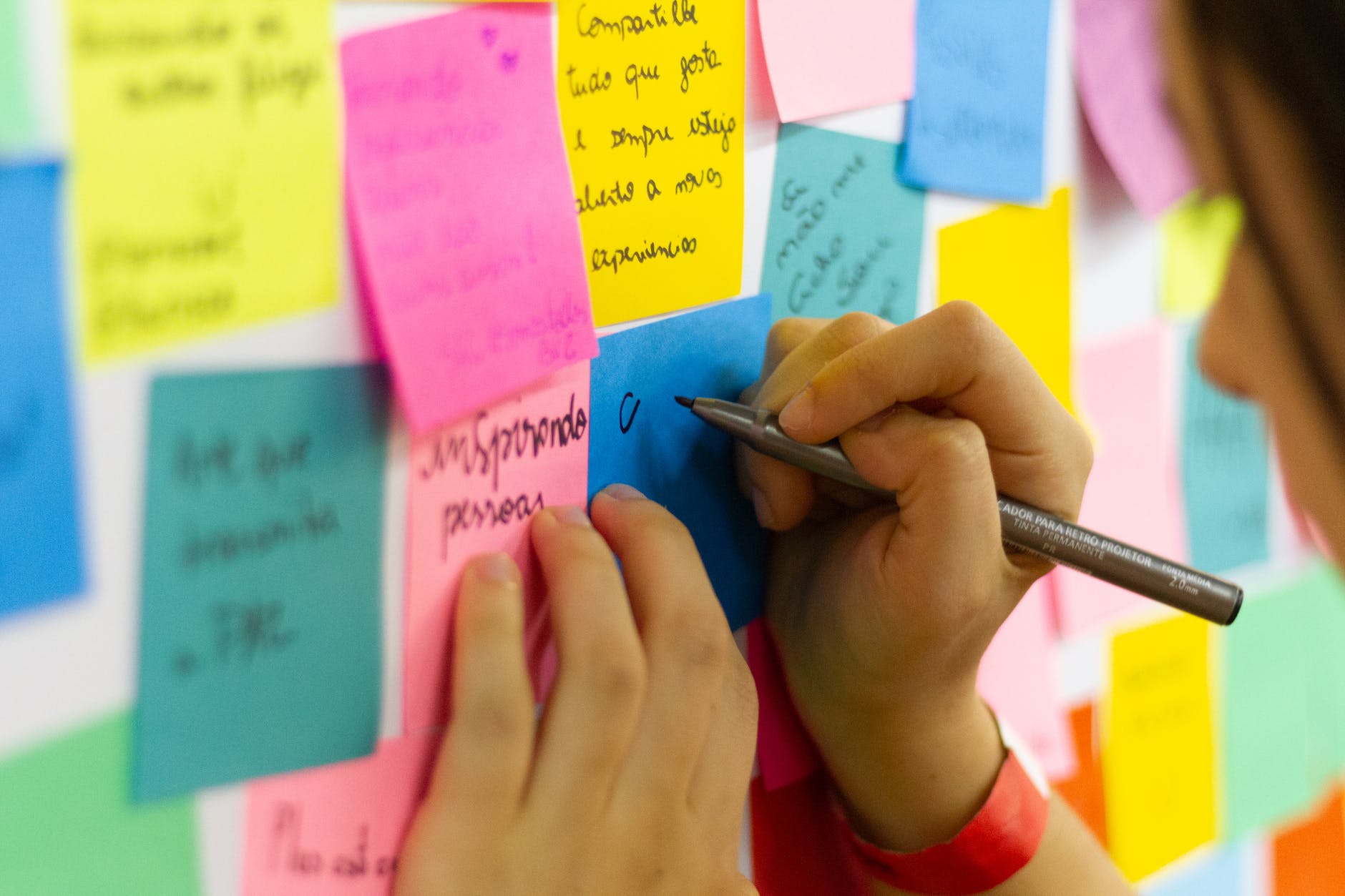Contents
The Wonders of E. coli: An Introduction
Welcome to the fascinating world of Escherichia coli, commonly known as E. coli! This little bacterium is one of the most extensively studied organisms in science due to its versatility and importance in a variety of fields, from biotechnology to public health. In this article, we will explore some interesting facts about this tiny creature and learn how it impacts our lives.
E. coli is a type of bacteria that belongs to the family Enterobacteriaceae. It is commonly found in the intestines of humans and animals, where it plays an important role in digestion and helps produce vitamin K. While most strains are harmless or even beneficial to their hosts, some can cause severe illness.
One of the key reasons why E. coli is so important in scientific research is its simplicity. Compared to more complex organisms like mammals or plants, E. coli has a relatively small genome and reproduces quickly, making it easy for scientists to study its genetic makeup and behavior under different conditions.
Furthermore, since E. coli has been studied extensively over many years, there are now numerous tools available for manipulating and studying this bacterium in ways that can be applied across many areas of research – from creating new medicines to developing more efficient forms of agriculture. Despite its small size, Escherichia coli plays a major role in scientific discovery across multiple fields – making it a fascinating subject for further exploration!
Basic Facts
The Good, The Bad, and The Many
When we hear the word E.coli, our first thought may be of food poisoning and other harmful effects. However, not all strains of this bacteria are dangerous to humans. In fact, many types of E.coli are actually beneficial and play an important role in our digestive system.
E.coli is a type of bacteria that lives in the intestines of humans and animals. While it is commonly associated with causing illness, it is also integral to the healthy functioning of our digestive tracts.
It helps break down food and produce necessary vitamins that our bodies need. However, some strains of E.coli can cause serious illness in humans.
These harmful strains can be found in contaminated food products or through contact with infected animals or their feces. It’s important to note that not all strains of E.coli are created equal when it comes to their dangerousness.
Some are relatively harmless and rarely cause health problems while others can lead to severe illness or even death. Overall, while E.coli may have a bad reputation due to its harmful effects, it’s crucial to recognize that not all types are dangerous and some actually play a positive role in our overall health.
Harmful Strains
The Most Well-known Strain: O157:H7
E.coli bacteria are not all created equal. While some strains can be beneficial or harmless, others can have severe health consequences.
The most well-known and dangerous strain is O157:H7. It is responsible for many foodborne outbreaks of illness and has caused several deaths throughout the years.
O157:H7 is particularly concerning because it produces a toxin called Shiga, which can cause bloody diarrhea, abdominal pain, and kidney failure. Symptoms typically develop within 2-5 days after exposure to the bacteria and may require hospitalization.
Other Harmful Strains
While O157:H7 is the most well-known harmful strain of E.coli, there are other strains that can also cause illness. For example, O104:H4 caused a major outbreak in Germany in 2011 that resulted in over 4,000 cases of illness and more than 50 deaths.
Similarly, an outbreak of E.coli O145 in the United States in 2010 resulted in over 100 hospitalizations and several deaths. Like O157:H7, these strains produce toxins that can cause severe symptoms such as bloody diarrhea and kidney failure.
It’s worth noting that even non-harmful strains of E.coli can become harmful if they acquire certain genes through a process called horizontal gene transfer. This means that all types of E.coli should be handled with care to prevent illness.
Preventing Infection
The best way to prevent infection with harmful strains of E.coli is to take precautions when handling food and maintain good hygiene practices. Cooking ground beef to an internal temperature of at least 160°F (71°C) will kill any harmful bacteria present. Additionally, washing produce thoroughly before eating it will reduce the risk of contamination.
It’s also important to practice good hygiene, such as washing hands frequently with soap and water and avoiding contact with animal feces. If you do come into contact with animals or their waste, be sure to thoroughly wash your hands before touching anything else.
If you think you may have been exposed to harmful E.coli bacteria, it’s important to seek medical attention right away. Symptoms can escalate quickly and require prompt treatment.
Sources of Contamination
Contaminated Food Products
E.coli is commonly found in the intestines of cows and other animals, which means that it can easily end up in our food supply if proper precautions are not taken during food processing and preparation. Undercooked ground beef is a common culprit for E.coli contamination, as the bacteria can survive in meat that is not cooked to a high enough temperature to kill it off.
Raw produce can also be a source of contamination, especially if it has been grown using contaminated soil or water. It’s important to always thoroughly cook meat, particularly ground beef, to an internal temperature of at least 160°F.
This will help ensure that any harmful E.coli bacteria present have been destroyed. When preparing produce, make sure to wash it thoroughly before eating or cooking with it.
Contact with Infected Animals or Their Feces
Another common source of E.coli contamination is contact with infected animals or their feces. This can happen when people come into contact with animals at petting zoos or farms, or when consuming products made from animal waste such as fertilizers. It’s important to practice good hygiene when around animals and their environments.
If you’re visiting a farm or petting zoo, make sure to wash your hands thoroughly after interacting with the animals and avoid touching your face before doing so. When using animal waste products as fertilizer, wear gloves and avoid inhaling any dust that may be generated during use.
Person-to-Person Transmission Through Poor Hygiene Practices
E.coli can also be transmitted from person-to-person through poor hygiene practices such as not washing hands properly after using the bathroom or changing diapers. It can also spread through contaminated surfaces such as door handles and countertops. To reduce the risk of person-to-person transmission of E.coli, it’s important to practice good hygiene.
This includes washing your hands regularly with soap and water, especially after using the bathroom or changing diapers. Make sure to also clean and disinfect any surfaces that may have come into contact with E.coli-contaminated materials.
Prevention
Proper food handling techniques
When it comes to preventing harmful strains of E.coli, proper food handling techniques are crucial. This means cooking meat to appropriate temperatures, which can vary depending on the type of meat and the cut. For example, ground beef should be cooked to 160°F (71°C), while a steak can be cooked to a lower temperature of 145°F (63°C) for medium rare.
It’s important to use a food thermometer to ensure that meat is fully cooked and safe to eat. In addition to cooking meat properly, it’s also important to wash produce thoroughly before eating or cooking it.
This can help remove any potential bacteria that may be present on the surface. Rinse fruits and vegetables under running water, scrubbing with a brush if necessary.
Good hygiene practices
Another important way to prevent the spread of harmful E.coli strains is through good hygiene practices. This includes washing your hands after using the bathroom or changing diapers, as well as before preparing or eating food.
In addition, it’s important to wash your hands after handling animals or their feces. When it comes to hand washing, make sure you’re doing it correctly – wet your hands with clean running water and lather with soap for at least 20 seconds before rinsing thoroughly under running water.
If you’re caring for someone who has an E.coli infection or suspected infection, take extra precautions by wearing gloves when handling their bodily fluids and disinfecting surfaces that may have come into contact with those fluids. By practicing proper food handling techniques and good hygiene practices, you can significantly reduce your risk of contracting harmful strains of E.coli.
Interesting Facts
E.coli was first discovered in 1885 by German pediatrician Theodor Escherich
It’s hard to imagine a world without E.coli, but the bacteria was not officially discovered until 1885. Theodor Escherich, a German pediatrician, identified the organism in the feces of newborn babies. He named it after his own surname and it became known as Escherichia coli.
Since then, E.coli has been extensively studied and has become an important model organism for genetic research. Its simplicity and rapid reproduction make it an ideal candidate for studying basic biological processes.
Some strains of E.coli have been genetically modified for use in biotechnology research
E.coli is so well-studied that scientists have even genetically modified some strains for use in biotechnology research. These modified strains can produce large amounts of protein for use in medical treatments, industrial materials, and other applications. One example is the production of insulin.
In the past, insulin was harvested from pig pancreases and later from human cadavers. Now, genetically modified strains of E.coli are used to produce synthetic insulin that is identical to human insulin.
Certain types of E.coli can actually help break down waste in sewage treatment plants
While some strains of E.coli can cause harm to humans, others are actually beneficial. Certain types of E.coli are used in sewage treatment plants to break down waste and clean up water supplies.
These “good” strains consume organic matter as their food source and produce carbon dioxide and water as byproducts. This process helps to reduce pollutants and remove harmful substances from wastewater.
Overall, while Escherichia coli may be known best for its negative effects on health when contaminated by certain harmful strains, this versatile bacteria has many more interesting aspects than most would imagine. From being one of the most heavily studied and genetically modified bacteria for use in biotechnology, to its potential role in environmental remediation, E.coli continues to be an important subject of study.
Conclusion
E. coli is a fascinating and important bacterium with a complicated reputation. While certain strains can be harmful to humans, it also plays an essential role in scientific research, biotechnology, and environmental processes.
Now that we understand the sources of E. coli contamination and how best to prevent it, we can work towards reducing the risk of illness caused by this bacterium. Proper food handling techniques such as cooking meat to appropriate temperatures and washing produce thoroughly are essential in preventing E.coli infections.
Good hygiene practices like hand washing after using the bathroom or handling animals can also help reduce the spread of this bacterium from person-to-person. Despite its harmful strains, E.coli is an important player in scientific research and biotechnology.
Certain strains have been genetically modified for use in medical treatments such as insulin production. Additionally, some types of E.coli play a vital role in breaking down waste in sewage treatment plants which help keep our environment clean.
While E.coli may have a bad reputation due to its harmful strains that cause illness, it has many positive uses both scientifically and environmentally. By understanding how it operates and taking preventative measures to avoid infection, we can continue to harness its potential while minimizing its negative effects on human health.



